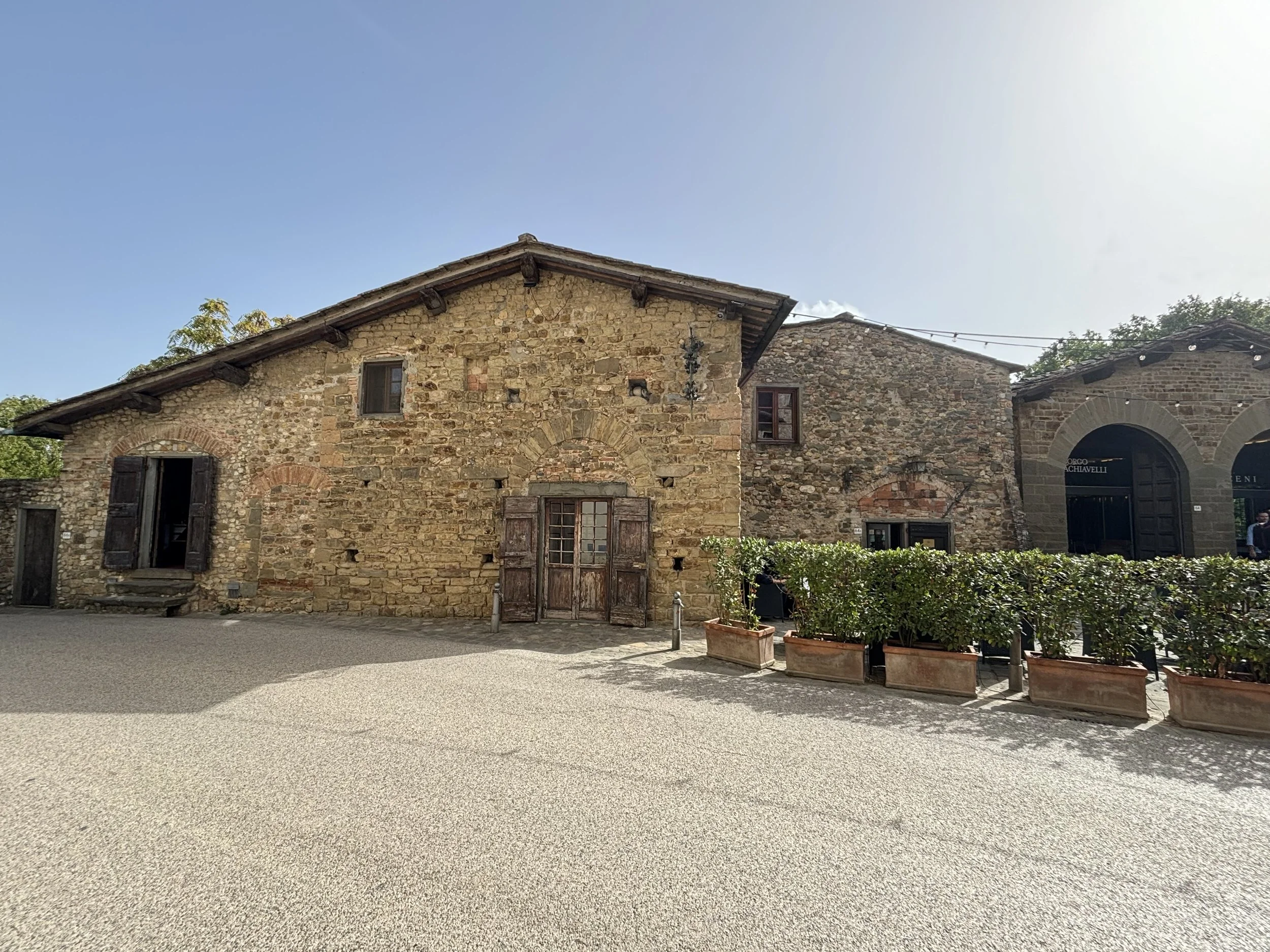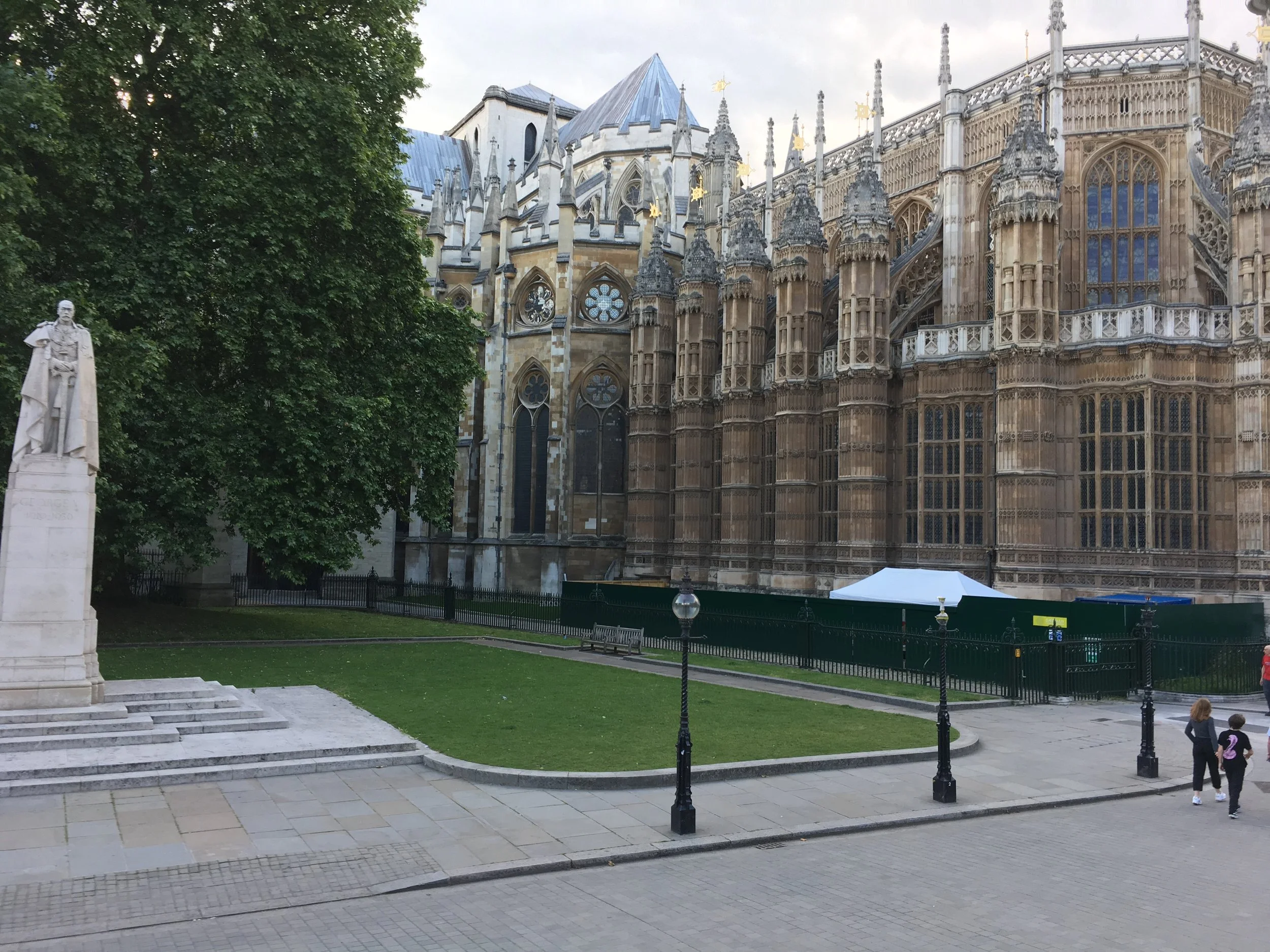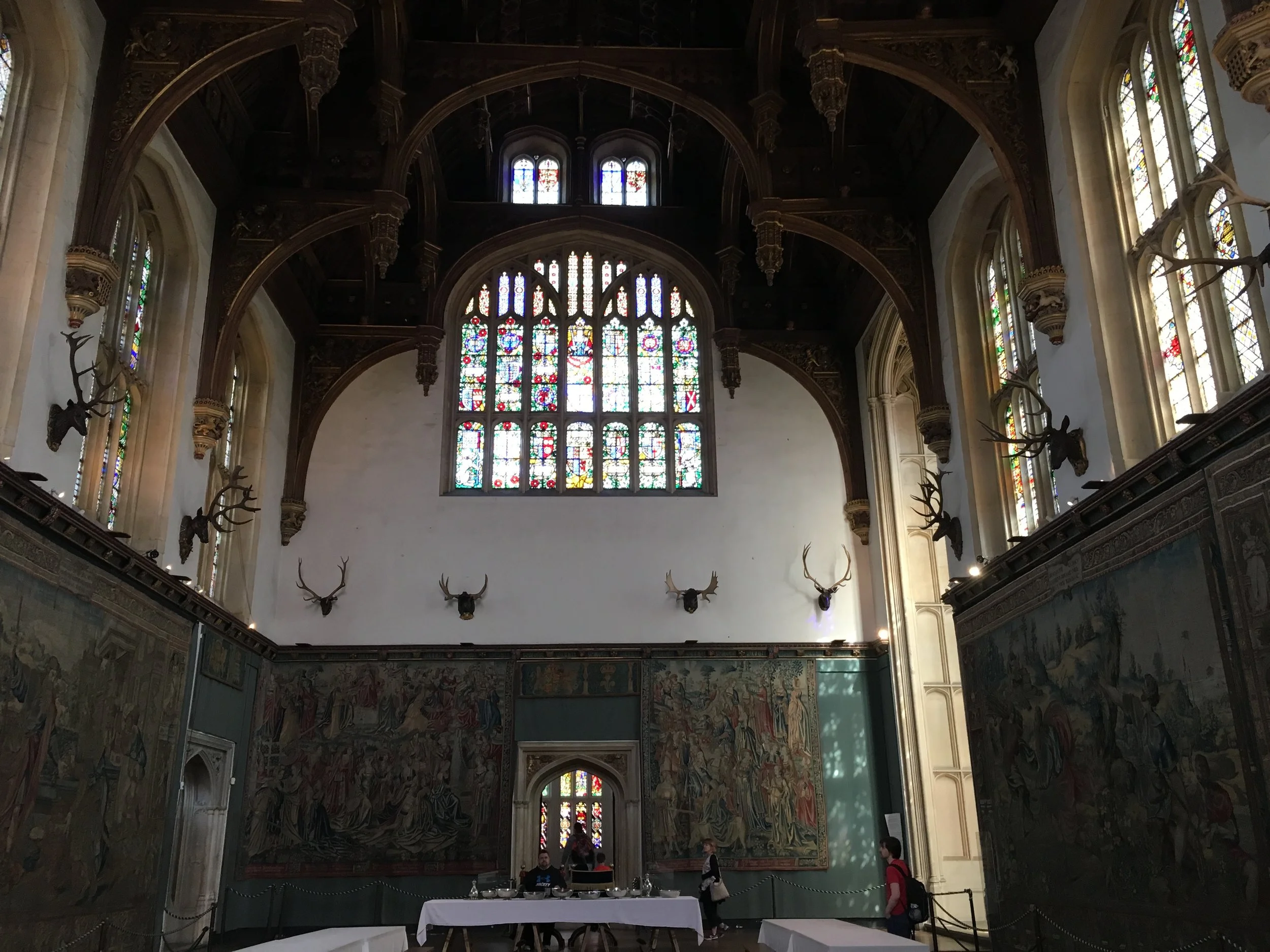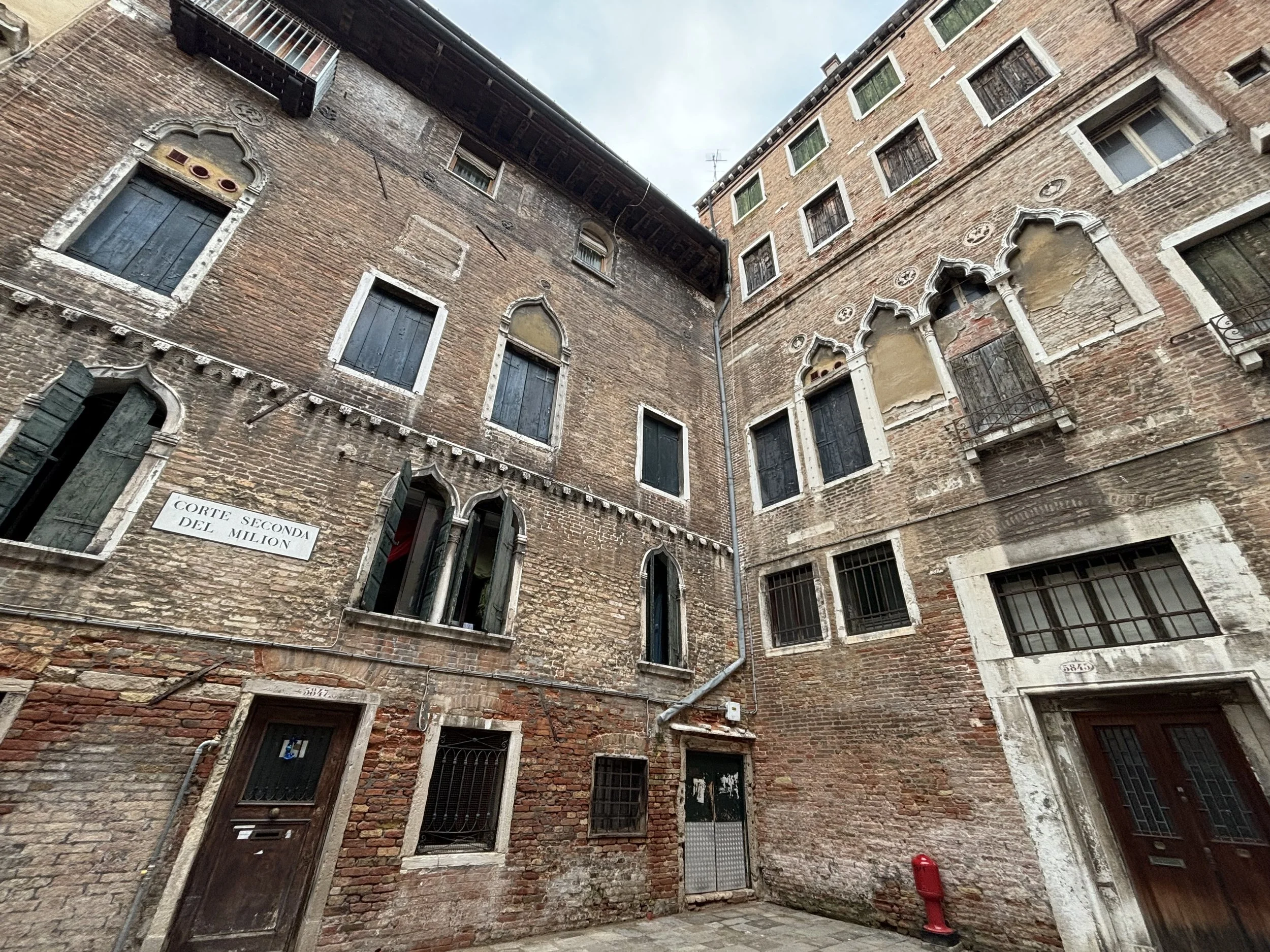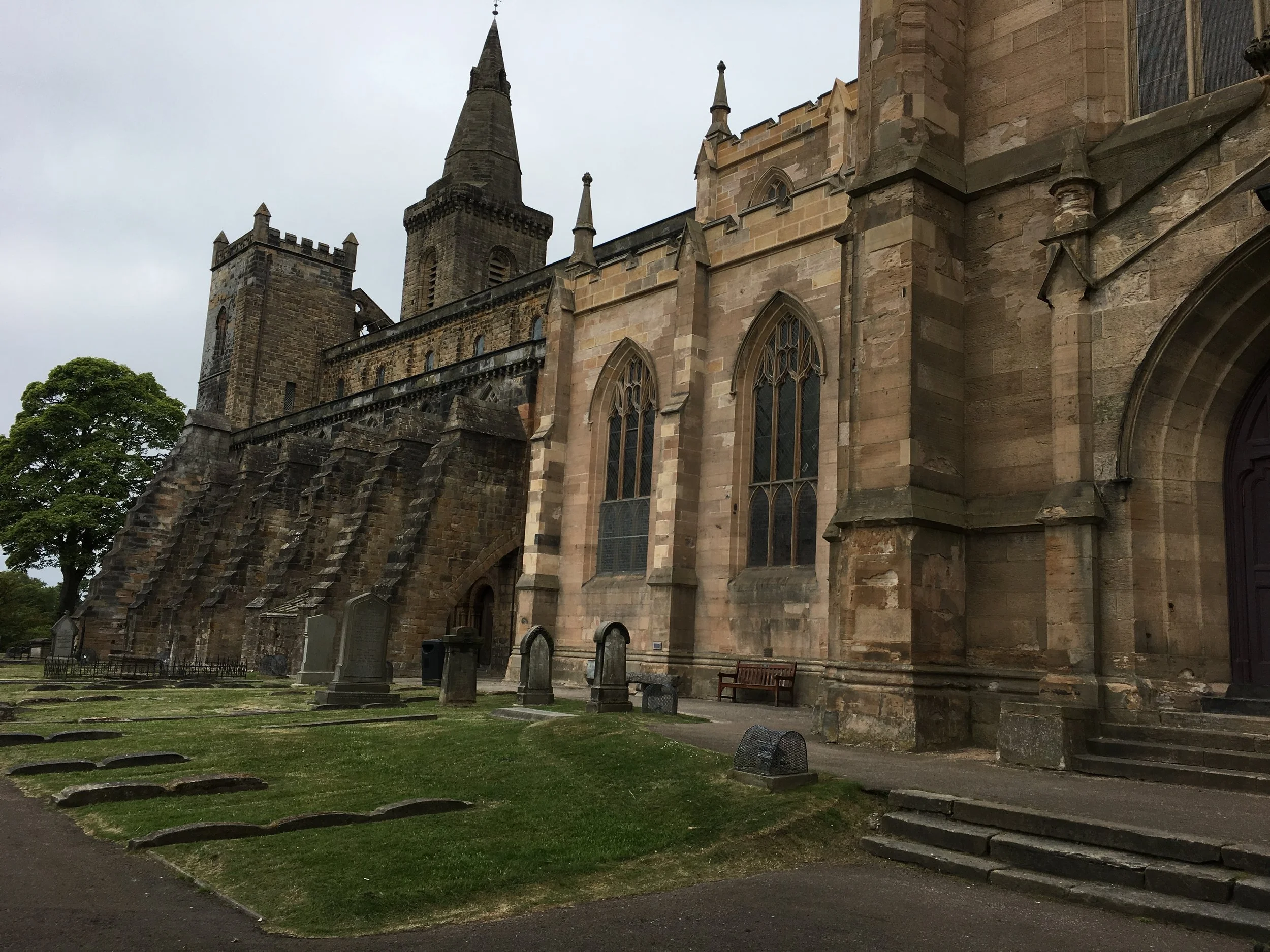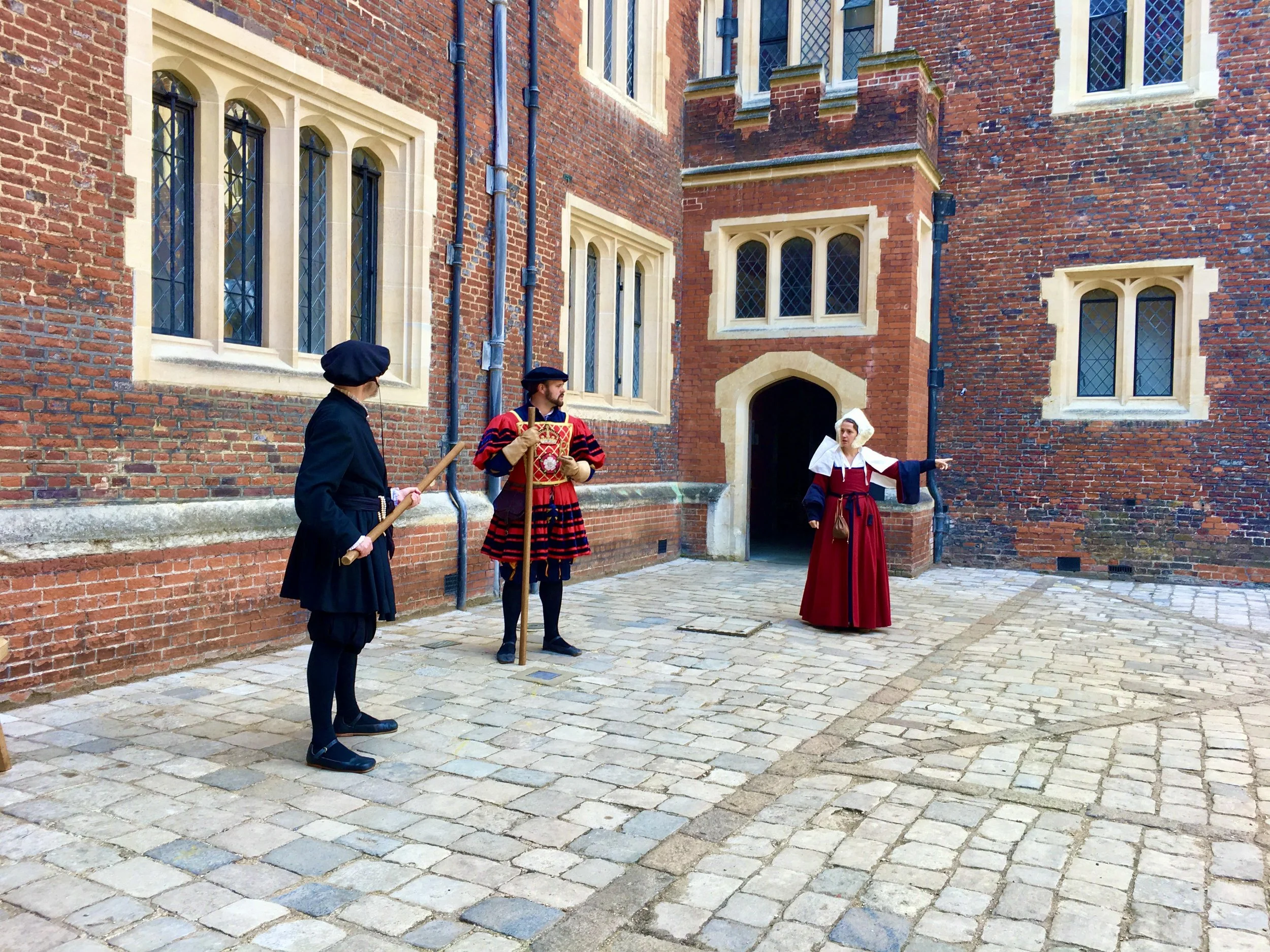
Is there someone from the past that you’ve always wanted to meet? What if we could get you closer to them…
Our Historical Figure Trips
-
![]()
Augustus (Gaius Julius Caesar Augustus)
Augustus is one of the most famous Roman Emperors. The adoptive son of Julius Caesar, he can be credited with founding the Roman Empire and becoming its first emperor.
He was born in Rome in 63 BCE and died in Nola, Italy, in 14 AD, after reigning for over 40 years. With such a long reign and with the significant role he played in Roman history, it should come as no surprise that, despite how long ago he lived, there are still plenty of structures left from his reign and life that can be visited.
The Mausoleum of Augustus in Rome, is where he was buried alongside most of his family, Augustus’ House is one of the best preserved structures inPalatine Hill, and the Ara Pacis is a significant monument celebrating the peace he achieved. There are also many places outside Rome that are associated with him and that can be visited today, including Alexandria in Egypt, Actium and Nikopolis in Greece, and Ankara in Turkey, among others.
-
![]()
Niccolo Machiavelli
This renowned author, diplomat, and historian of the Renaissance was born in Florence in 1469, where he spent most of his life in the service of the Medici family and the city, and later died there in 1527.
The Palazzo della Signoria, where he conducted many of his activities as an official of the Florentine Republic, is one of the most significant buildings still standing in Florence today, the Palazzo del Bargello where he would also have attended to business when in public service for the city, and his tomb can also be visited today in the Basilica di Santa Croce, with his epitaph granting great honour to his name.
Just outside Florence it is also possible to visit his home during his years of exile, located in San Casciano Val di Pesa, where he wrote his most famous political treatise “The Prince”, and just across the street through the secret tunnel, the “Albergaccio” where he used to spend his nights drinking and playing cards.
-
![]()
Lorenzo de Medici "The Magnificent"
Lorenzo "the Magnificent" is one of the most significant members of the Medici family, whose actions and foresight made the Medici one of the most powerful families in the world, and was a key patron the Renaissance.
He was born at the Palazzo Medici Riccardi in Florence in 1449 and died at Villa de Careggi, just outside Florence, in 1492. Despite his short life he was one of the most influential rulers of Florence and his survival of the Pazzi Conspiracy, which occurred in the Duomo and where his brother lost his life, has made him a popular figure to this day.
Both the place of his birth and his death are still standing and can be visited today, along with numerous buildings in Florence were significant events of his life occurred, such as the Duomo and the Palazzo Vecchio (Palazzo della Signoria). His tomb in the Medici Chapel of the Basilica di San Lorenzo may also be visited.
-
![]()
Leonardo da Vinci
Leonardo da Vinci may be one of the most recognised names in the 21st century, despite having lived over 500 years ago. Although he is very well known for his art, particularly the “Mona Lisa”, today housed at the Louvre in Paris, and “The Last Supper”, he was a true Renaissance man that could best be described as a polymath (i.e. someone whose knowledge spans many different subjects).
He was likely born in or near the town of Vinci, near Florence, in 1452. He spent a significant portion of his life in the city of Florence, where he was educated under Andrea del Verrocchio and received the patronage of the Medici, but also spent some years in Milan, under the patronage of the Sforza family, in Rome under the patronage of the Pope, and in Amboise, under the patronage of the King of France, where he died in 1519.
There are several incredible places in these cities that are associated with his life and can be visited today, including the Palazzo Vecchio in Florence, where he painted theBattle of Anghiari, and the Convent of Santa Maria della Grazie in Milan, where he painted “Il Cenacolo”.
-
Elizabeth I of England
Elizabeth I of England is one of the most famous monarchs of England and reigned in her own right for over 40 years, in what has become known as the Elizabethan Age. She was the daughter of Henry VIII and Anne Boleyn, whose affair and marriage became very popular because of the English Reformation that followed, and was born at the Palace of Placentia in 1533.
Although, after her mother’s execution she was removal from the line of succession and despite being the third heir in the line of succession at the time of her father’s passing, she ascended the throne in 1558 and came to be known as the “Virgin Queen”, since she remained unmarried and governed the kingdom herself throughout her life. She died in 1609 in Richmond Palace, of which the gatehouse may still be visited.
There are several other places, associated with her life that can be visited today, including her tomb in Westminster Abbey, the Tower of London where she was imprisoned after the Wyatt Rebellion, and the Old Palace at Hatfield House (in Hertfordshire) where she lived during Mary Tudor’s reign, among others.
-
Henry VIII of England
Henry VIII is one of the most famous kings of England. He reigned for over 37 years, married 6 times, was the father of 3 kings and queens of England, and was famously responsible for the separation from the Catholic Church and the start of the English Reformation to divorce his first wife, Catherine of Aragorn, to marry Anne Boleyn.
He was born in the Palace of Placentia in 1491 and died in the Palace of Whitehall in 1547. Although neither of these palace’s stands today, with only the Banqueting House of the latter remains, thanks to his long reign, there is a significant number of places associated with him that can still be visited today.
Some of the main sites associated with his life are: theTower of London, where he would have stayed prior to his coronation and where 2 of his wives and multiple of his opponents were imprisoned and executed, and Hampton Court Palace, one of his favourite residences which was originally built by Henry’s Lord Chancellor, Cardinal Wolsey, and the place where he married his last wife, Catherine Parr.
-
![]()
Marco Polo
The famous merchant and explorer was born in Venice in 1254. After spending over 20 years travelling through Asia with his father and uncle, along the Silk Road, the Mongolian Empire and China, and visiting the court of Kublai Khan, he returned to Venice where, after being captured by Genoese forces during a naval battle in 1298 and imprisoned in Genoa.he married and lived out the rest of his life until his death in 1324.
The popularity of his voyages comes mainly from the memoirs of his trips which were documented in his book “The Travels of Marco Polo”, which he narrated to his cellmate, Rustichello da Pisa, while in captivity to the Genovese.
After his liberation and return to Venice, he moved and lived the rest of his life with his wife in a house that was located where nowadays you can find Malibran Theatre. Although the house has sadly been destroyed, it was located just beside the Corte Seconda del Milione, where you can still admire the architecture of his house. This is just one of the places in Venice you can visit that are linked to him, not in the least, his burial place, at the Church of San Lorenzo.
-
![]()
Julius Caesar
Gaius Julius Caesar was a Roman general and statesman could be considered one of the most famous Romans in history. He was born in Suburra, Rome, in 100 BCE, during the time of the Roman Republic and was famously the general who achieved the conquest of Gaul.
He held several positions during his lifetime including Pontifex Maximus, Praetor, Consul, Proconsul, and finally Dictator, after he won the Second Civil War of the Republic against Pompeius Magnus. Even his name later became eponymous with the title used by the emperor of Rome, of whom his adoptive son was the first. He died on the Ides of March in 44 BCE as the victim of an assassination plot, orchestrated by several senators of the Republic, which took place at the Theatre of Pompey.
There a numerous places associated with his life that can still be visited today, in Rome, throughout Italy and in other places which were annexed to Rome in or before his time. Some of the most significant places in Rome are the Suburra neighbourhood where he was born, the Regia in the Roman Forum where he lived as Pontifex Maximus, the remains of the Theatre of Pompey where he died, and the remains of theTemple of Divius Julius where he was cremated.
-
![]()
Charles V, Holy Roman Emperor
Charles V, also known as Charles I of Spain, was born in 1500 in the Prisenhof in Ghent, of which only an entrance gate now survives, to Phillip the Handsome of Austria (a member of the Hapsburg family) and Joanna of Castille and Aragon (daughter and later heir to the “Catholic Kings”).
Charles became king of Castille and Aragon in 1516 and Holy Roman Emperor in 1519, being crowned by the Pope in Bologna in 1530. He presided over the Diet of Worms, where Martin Luther refused to recant his writings, marking a key event in the Reformation.
During his long reign as Holy Roman Emperor, he travelled to the Low Countries, Germany, Spain, Italy, France, England, and North Africa. There are, thus, numerous places associated with his life that can be visited, including the palace he built in the Alhambra, and the Alcazar of Toledo, his seat of power in Spain.
Towards the end of his life, he retired to the Monastery of Yuste in Extremadura, where he died in September 1558. He was buried in El Escorial, where you can visit his tomb today.
-
Robert the Bruce, King of Scotland
Robert the Bruce, who was King of the Scots from 1306 until his death in 1329, was born in Ayrshire, Scotland, in 1274. He famously led the Scots against England in the First War of Scottish Independence, following William Wallace’s defeat and execution, which became widely popular following the movie Braveheart. He won, among others, the decisive Battle of Bannockburn, helping regain Scotland’s independence from England.
There are several places associated with his life that can be visited today. Firstly, it is possible to visit the ruins of Turnberry Castle, the likely birthplace of Robert the Bruce. Another site that may be visited is the place where he was crowned king, on Palm Sunday 1306, in Scone Abbey at Scone. For centuries the Abbey held the Stone of Scone (or Stone of Destiny) upon which the early Kings of Scotland were crowned, and which is now housed in Edinburgh Castle.
Finally, it is also possible to visit this national hero’s burial place in Dumferline Abbey.

